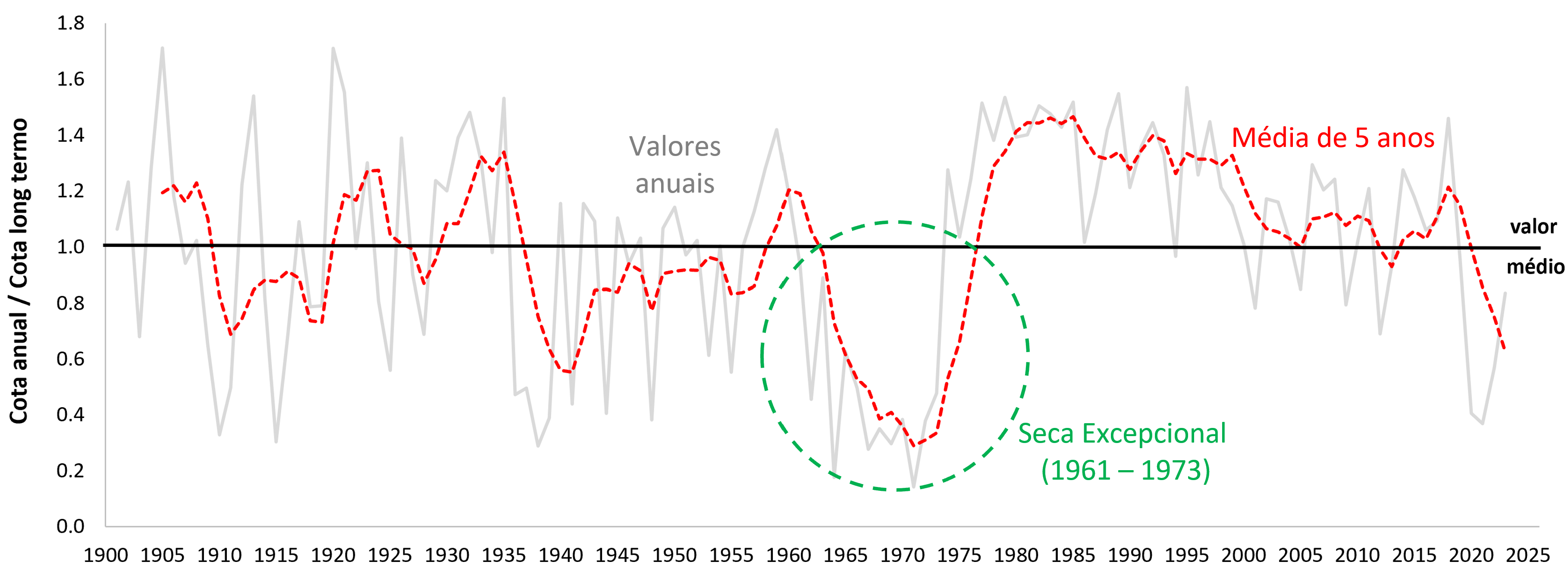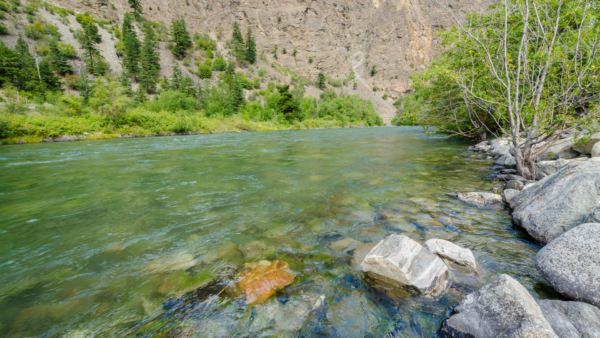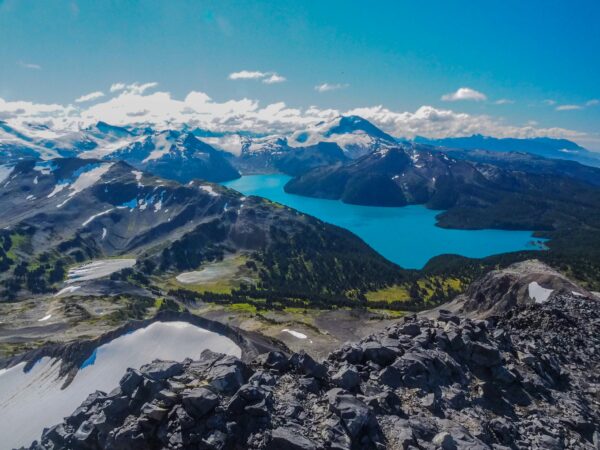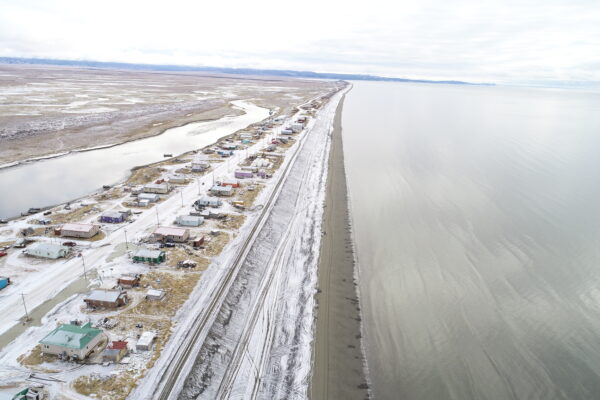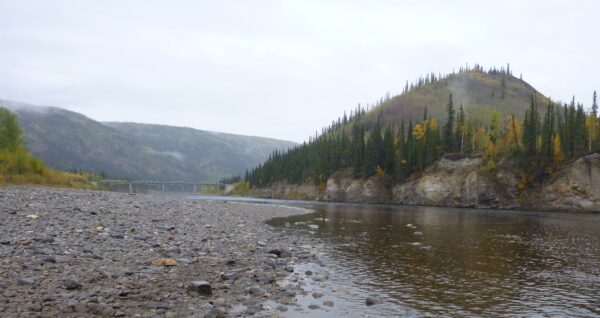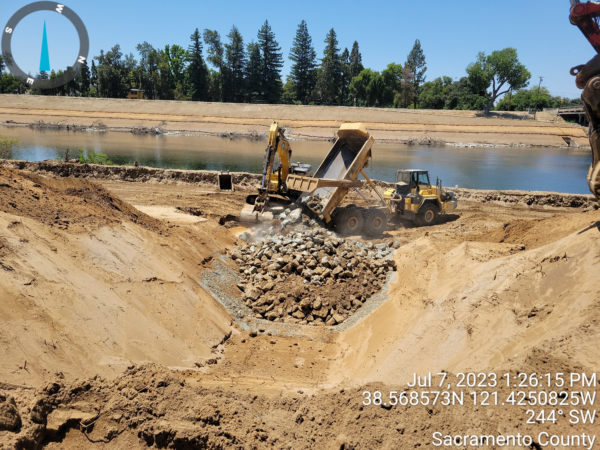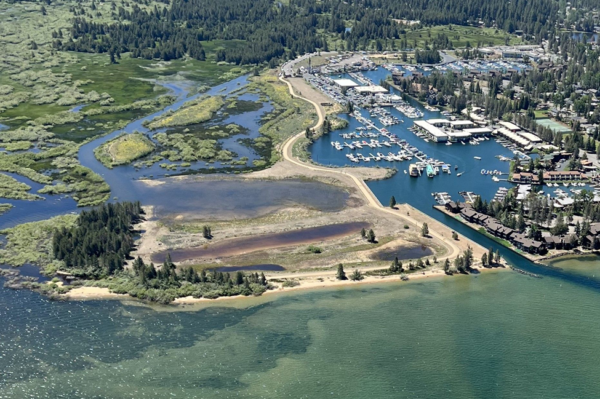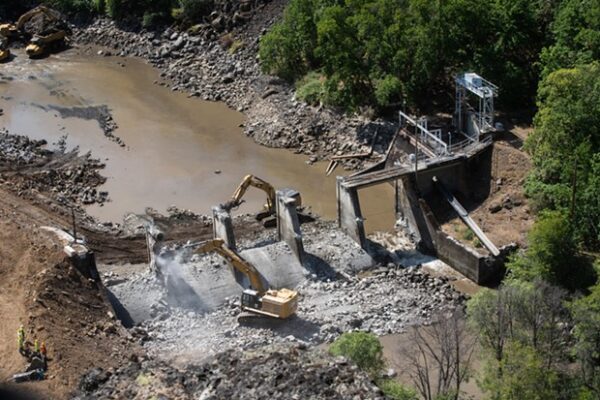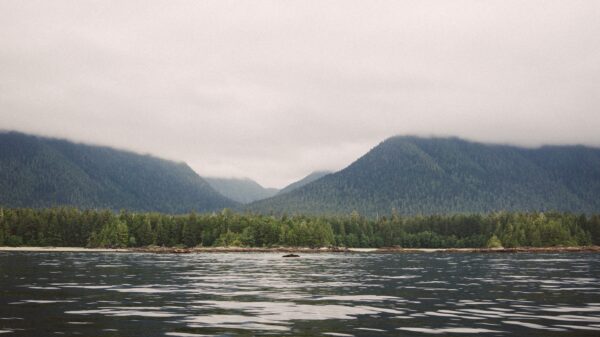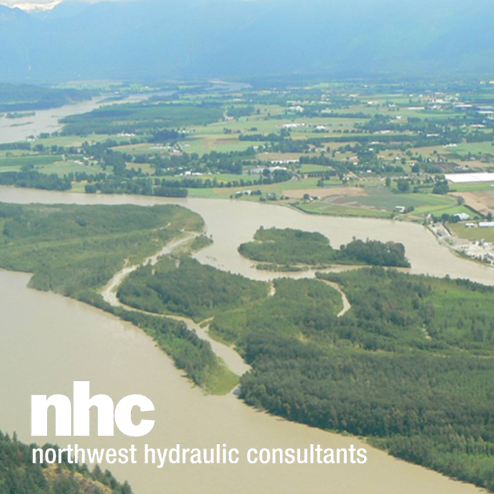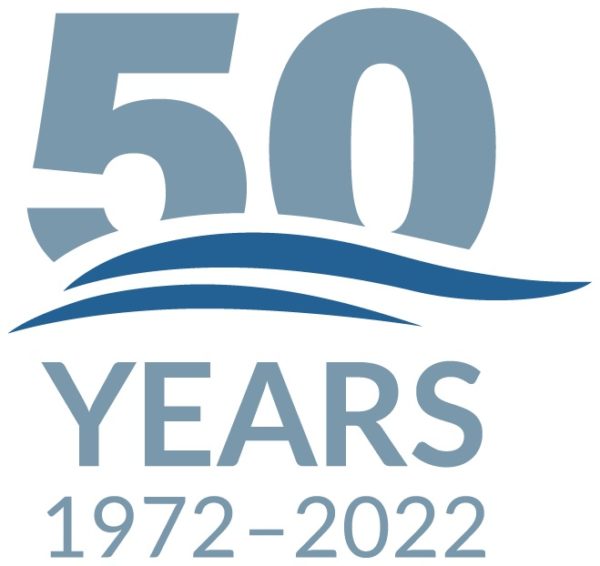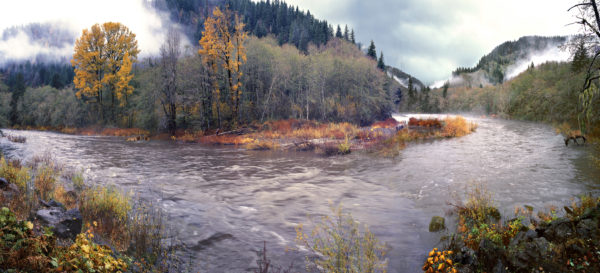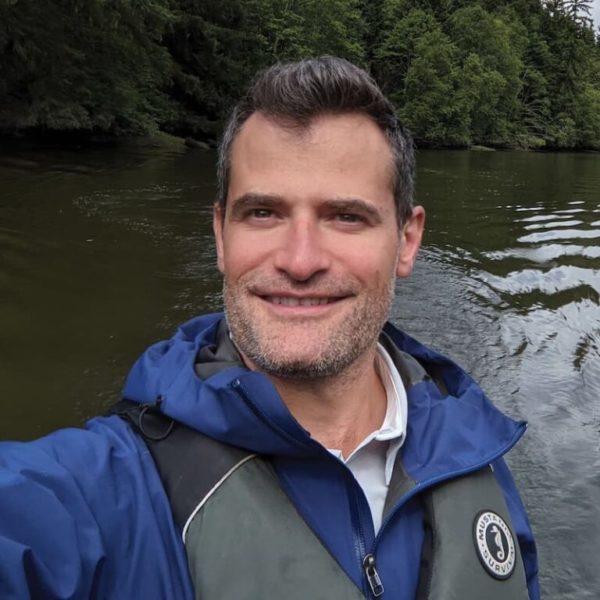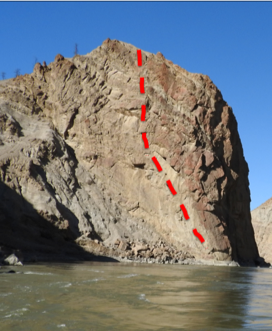The Paraguay River is facing a severe drought and has been classified as “in a critical situation” according to the Brazilian National Agency of Waters (ANA). The current drought started in 2020 and is now reaching worrisome levels in 2024. But, how much longer will the severe Paraguay River drought persist? And have there been other periods in the river’s history with such persistent droughts?
The hydrology group at NHC Brazil completed an analysis of the water levels measured at the Ladário gauge showing the variations that have occurred in the river’s hydrology since 1901. In this analysis the annual water level for a specific year is compared to the long-term water level. The value of 1 represents the long-term average and therefore values higher than 1 are above the average and values lower than 1 are below the average. The results in the figure show marked multi-year variability of streamflows and contains one exceptionally persistent drought in 1961 – 1973.
Similar to 1961 – 1973, it is possible that the current drought will last several more years. If this happens, there is the threat of compromising urban water supply, commercial navigation and all water uses – with important consequences to the economy and society.
The causes of these multi-annual discharge variations are not scientifically established. Previous studies of discharge records of the Paraná River, of which the Paraguay River is a tributary, appeared to show evidence of influence from solar motion and activity as well as phases of the El Niño Southern Oscillation. The current drought may also be influenced by changes in land use and climate change.
Brazil urgently needs to develop adaptive responses to extreme events like the Paraguay River drought and the recent floods in Rio Grande do Sul province. Scientific information and practical knowledge of experts are essential tools for adaptation to problems related to water resources and climate change.

O rio Paraguai está enfrentando uma seca severa esse ano e foi classificado em situação de escassez hídrica pela Agência Nacional de Águas e Saneamento Básico (ANA). A atual seca começou em 2020 e está atingindo níveis preocupantes em 2024. Mas, até quando a severa seva do Rio Paraguai persistirá? A atual seca começou em 2020 e agora atinge níveis preocupantes em 2024. Houve outros períodos na história do rio com secas tão severas e persistentes?
A equipe de hidrologia da NHC Brasil desenvolveu uma análise dos níveis de água medidos na estação fluviométrica de Ladário mostrando as variações ocorridas na hidrologia do rio Paraguai desde 1901. Essa análise faz uma comparação entre o nível de água médio em um ano específico com o nível de água médio de toda a série histórica (nível médio de longo termo). O valor 1 representa o nível médio de longo termo, portanto, valores superiores a 1 indicam níveis (e vazões) acima da média e valores inferiores a 1 indicam níveis (e vazões) abaixo da média. Os resultados na figura mostram uma variabilidade plurianual acentuada e contém uma seca excepcionalmente persistente em 1961 – 1973.
Semelhante a seca que ocorreu no período entre 1961 – 1973, é possível que a seca atual dure mais alguns anos. Se isso acontecer, a escassez hídrica ameaça comprometer o abastecimento de água urbano, a navegação comercial e todos os usos da água – com consequências graves para a economia e a sociedade.
As causas destas variações plurianuais de vazão não estão cientificamente estabelecidas. Estudos de dados medidos de vazão do rio Paraná, do qual o rio Paraguai é afluente, parecem mostrar uma influência do movimento e atividade solar, bem como das fases do El Niño Oscilação Sul (ENOS). A seca atual também pode ser influenciada por alterações no uso do solo e mudanças climáticas.
O Brasil precisa urgentemente desenvolver medidas de adaptação a eventos extremos como a seca do Rio Paraguai e as recentes inundações no Rio Grande do Sul. Informação científica e o conhecimento prático de especialistas são ferramentas essenciais para a adaptação aos problemas relacionados com os recursos hídricos e mudanças climáticas.
